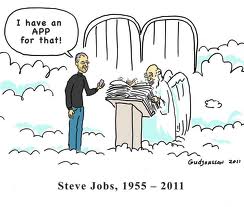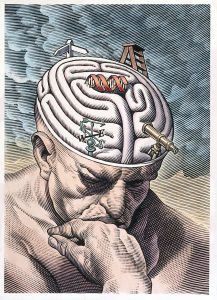
Hypermedia Dance
Maya Eagleton uses hypermedia to report on hypermedia in the electronic journal of the International Reading Association Reading Online. Eagleton gathered a semester’s worth of data and artifacts on a small group of 12 and 13-year-olds, while they launched a webzine hypermedia project—a magazine on the Internet for teenagers.
Never mind that this was back in 2002, hypermedia is the language of current students. In her online report, Eagleton provides the reader with the ability to hear the students speak for themselves through audio hyperlinks.
The features of communication that make it possible for an online reader to click on a button and hear voices, or watch a video, view photos and documents, or listen to music, make her case that hypermedia “with its flexible use of text, image, audio, video animation, and virtual reality, represents a unique new form of human discourse.”
Eagleton investigated the process of using hypermedia in literacy instruction by following seven volunteer students for one semester. The group met every other day to plan and write the webzine.
The author, a research scientist with CAST, recorded details of her time with the students and their classroom teacher.Her collection of data is categorized into the specialized sets of communication skills that the students gained through learning hypermedia. But ideally, you will want to click on the ‘sound’ button and hear the students tell it for themselves.
Eagleton’s aim “is to promote a deeper understanding of hypermedia literacy by investigating some of its genres, sign systems, and cueing systems. Increased knowledge of this new, complex literacy will help educators plan curriculum and evaluate student progress.” She quotes others who say that hypermedia belongs on history’s timeline with Cuneiform and the Gutenberg press. It is equally amazing. The 12 and 13-year-olds who took part in the study would surely agree.
The studens’ voices reveal that they enjoyed the project. They started from the beginning, knowing nothing about hypermedia, to a completed webzine. The students reveal the multifaceted nature of the media through their conversations.
Of particular interest is their discovery of the multiple levels of meaning in the electronic text and symbols, which, incidentally, would be missing in a text-only assignment. For example, they had decided to add a link about personal themes. When they could not find a suitable clipart, one of them drew a key, “like the key to your heart,” he said. And they added a swimmy, sky-blue background.
Eagleton’s point, that hypermedia involves a unique set of literacy skills, and “is not simply a lesser cousin of printed text . . .” is well taken. The key is the ‘multi’ in multimedia. According to Rose and Meyer (2002), recognition processes in the brain are distributed to different parts. For example, sounds are recognized in one location and pictures in another.
The opportunity for synapse firing is multiplied when a sound bite is linked to a video or a photograph. Multiple layers of meaning are beneficial to active learners, for example, a clip of his I Have a Dream linked to Dr. Martin Luther King’s photograph makes a powerful connection, therefore increasing the connections for learning. Hypermedia takes advantage of the top-down thinking styles and the kinesthetic needs of the students.
Using Webspiration, the students can collaboratively map the concepts from a section of the history unit. The teacher can provide scaffolding in the form of a folder with audio, video and web files that they can use. Eventually they will learn to find their own files. The finished concept map can be printed for a study guide, but is best viewed on the computer where the links can be followed. All students in the class can access the internet and use the finished product, a truly universal learning tool.















